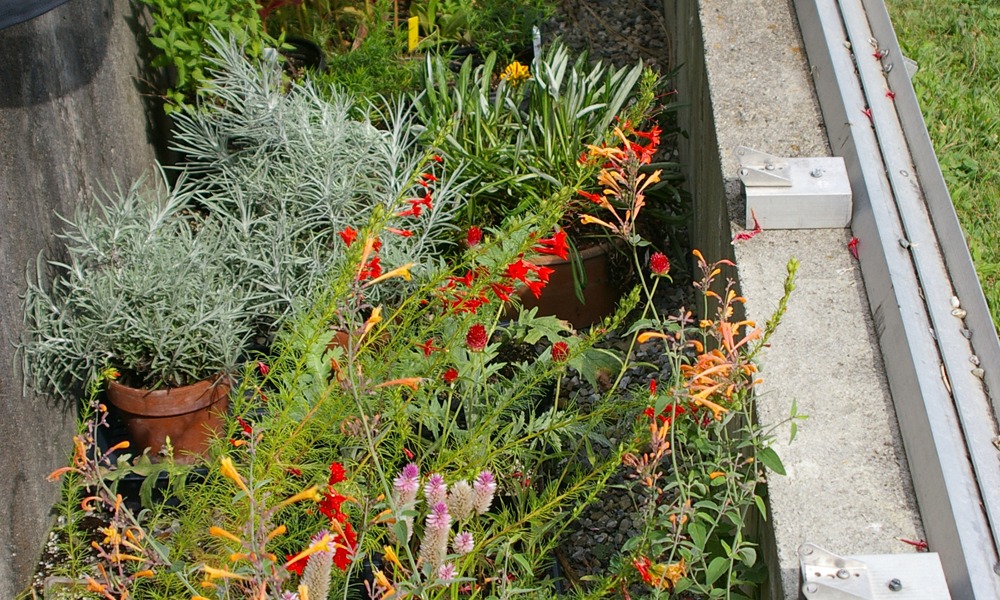
A cold frame is a basic miniature greenhouse enclosure that allows you to extend your plants’ growing season. Instead of relying on the ever-changing temperatures of mother nature, you can use one for additional warmth. Unlike true greenhouses, however, cold frames are small and simple enough so that anyone can build one, regardless of skill level. If you are interested in learning more, keep reading and we’ll reveal some essential tips and tricks for working with a cold frame.
How Does It Work?
A cold frame offers a similar effect to a greenhouse. The sun’s UV rays beam down on top of a plastic or glass sheet covering the frame, at which point it absorbs and traps the heat inside. Cold frames can be manufactured in a wide variety of styles and designs, but most of them feature a hinged glass roof with wooden sides. It’s a very simple setup that proves to be extremely effective at capturing thermal energy and trapping it inside for the plants to take advantage of.
The hinged roof on a cold frame allows the gardener to easily move plants back and forth. If you believe your plants are receiving too much warmth during the heat of the day, simply take them out and set them outside the cold frame. Or you can prop open the hinged roof to allow more cool air to come in from the outside. Some cold frames are built with slide-off roofs where the glass top slides off from its rails. These are just a few of the most common methods of construction for cold frames.
Hardening Off
Before moving seedlings from indoors to out in the garden, a cold frame is ideal for ‘hardening off’ your plants. The cold frame acts as a transition from the warmth of the indoors to the colder temperatures outdoors in early spring in colder climates. Put the plants in your cold frame during the day and bring them indoors at night if cold temperatures or a frost is expected. Do this every day for about a week, and your plants will then be ready to withstand the cooler temperatures in your garden.
Growing Tropical Plants
Cold frames will allow you to transition your favorite heat loving houseplants, which are usually tropical plants, from indoors to outdoors. In the fall, you can use your cold frame to transition them from outdoors to indoors. You have to remember that tropical plants are used to year-round warm temperatures, so it’s imperative that you mimic these conditions.
Increasing Warmth
The secret to using a cold frame is to add as much additional warmth to it as possible. After all, that’s the primary goal of this enclosure, so common sense should tell you that a warmer cold frame is more effective. But how are you supposed to accomplish this? There are a couple of methods for increasing the warmth in a cold frame, but one of the most effective is to add more potting soil around your plants. Extra soil offers more insulation against the temperatures; thus, your plants stay warmer and more comfortable. Some gardeners have also had mixed success using soil warming cables in their cold frames.
Featured images:
License: Image author owned
Angela Rivers is a content contributor for Womanswork. Angela likes to write about gardening and other outdoor hobbies. She orders her gardening gloves from Womanswork.com.

